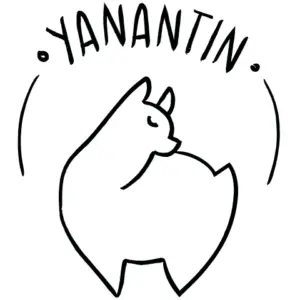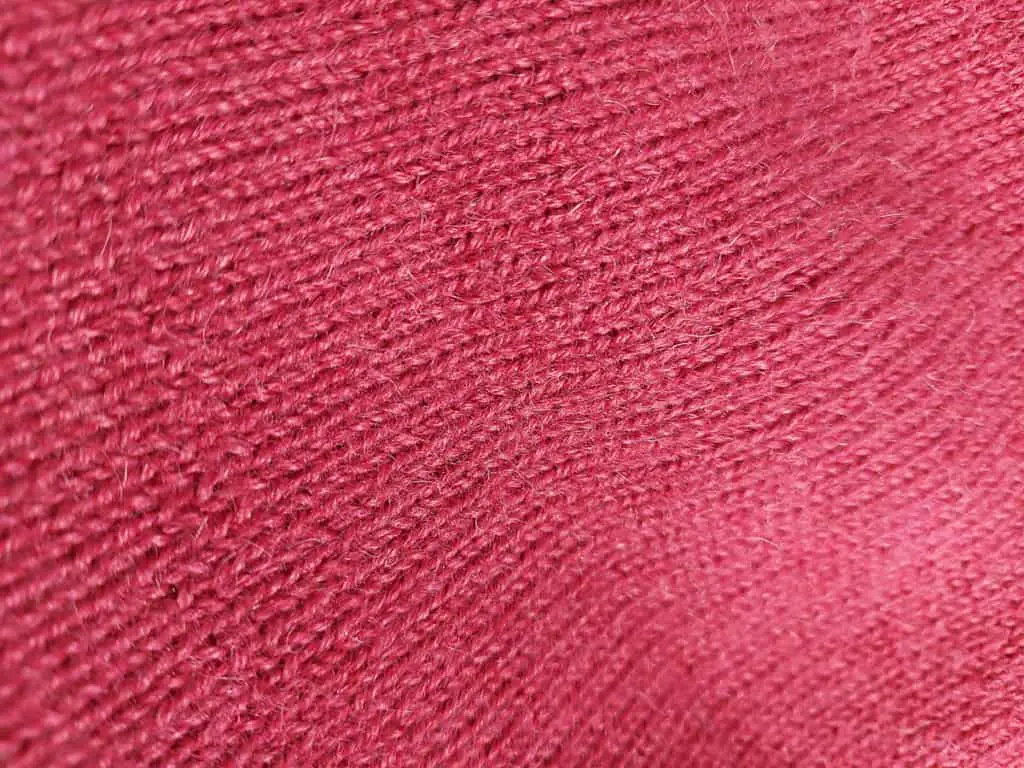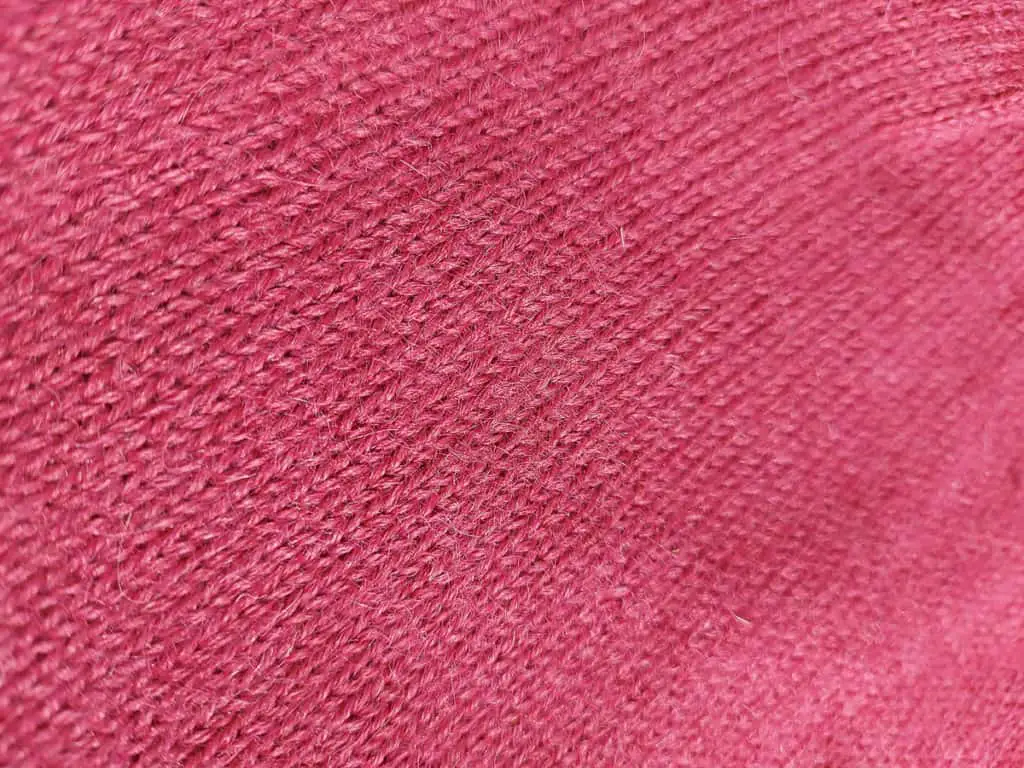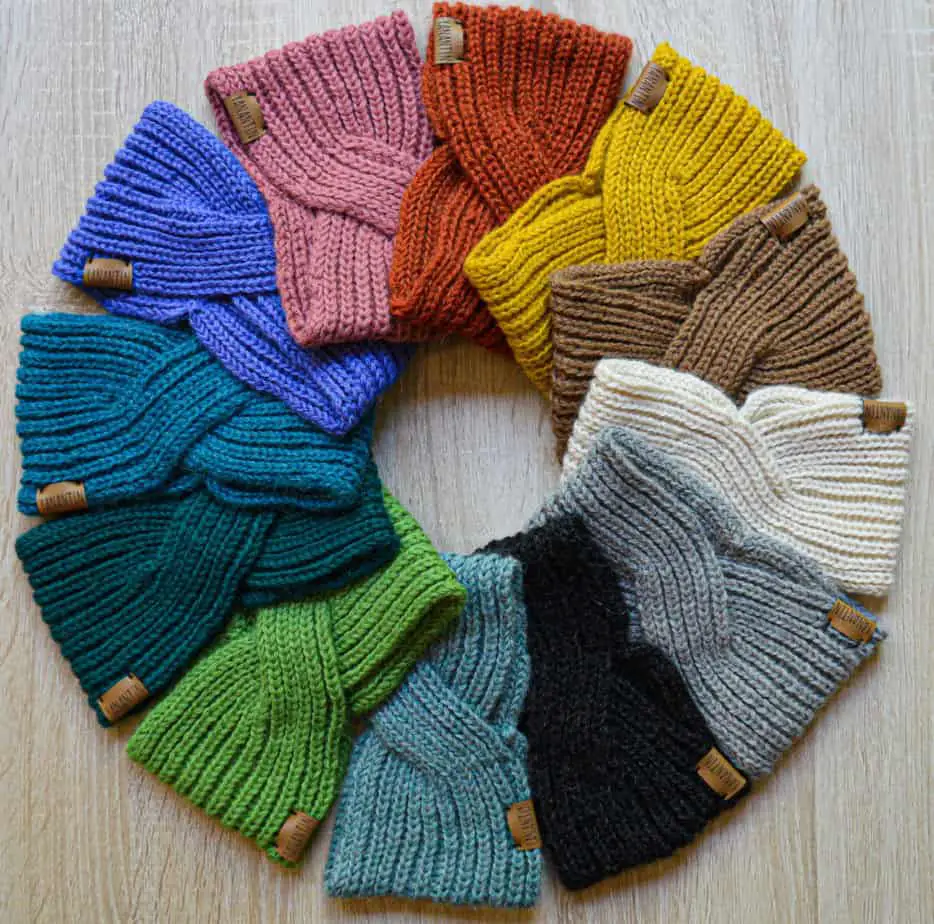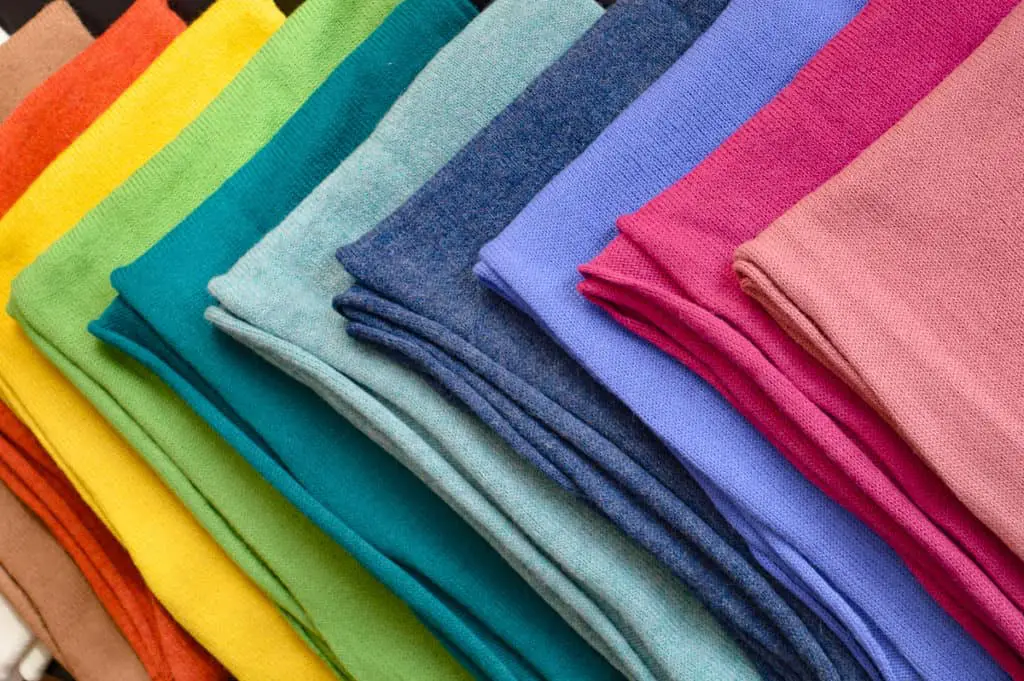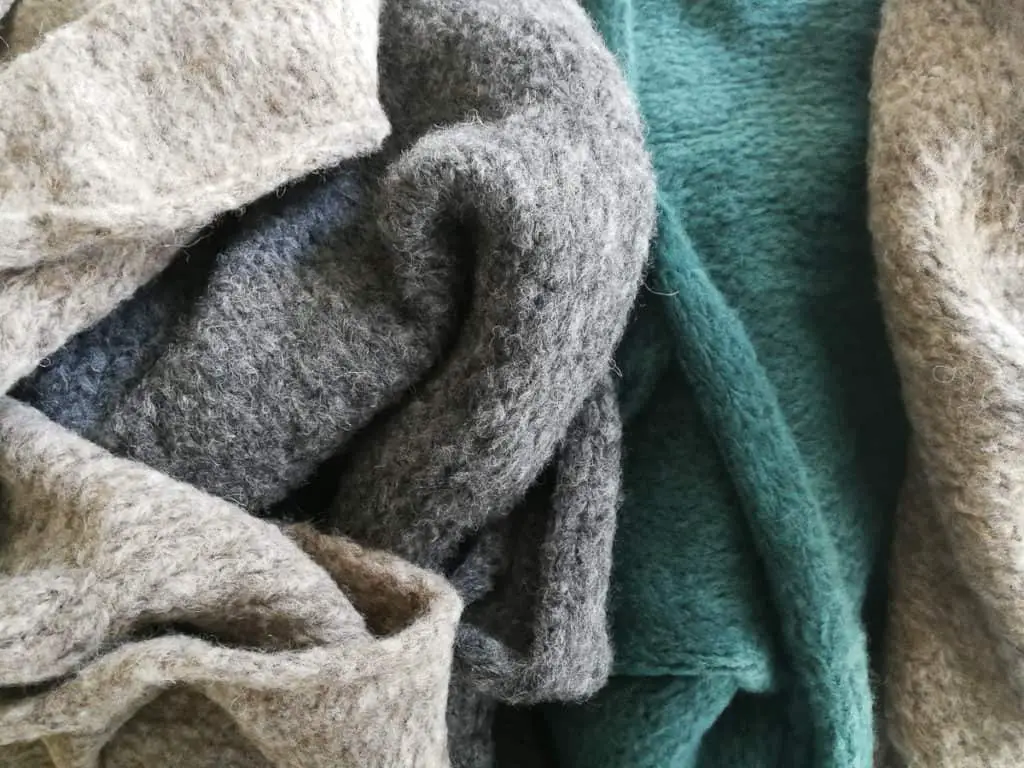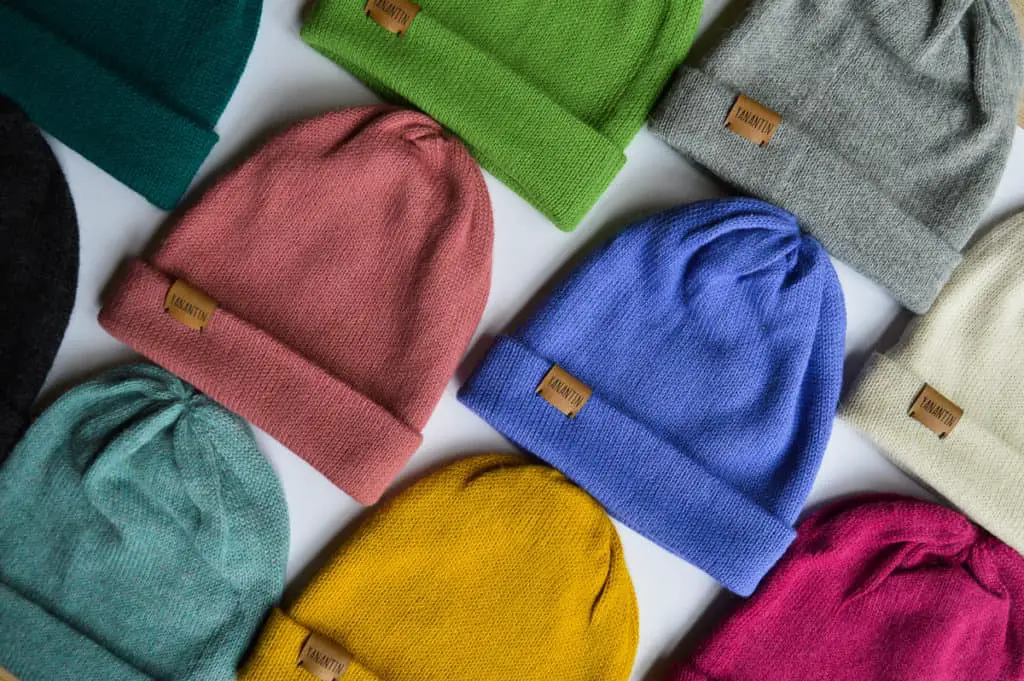In a world where you should always ask yourself what the source of a material is, it is hard to know whether or not something is produced in an environmentally friendly way. So, how about alpaca wool? Is it sustainable?
http://ukadventureracing.co.uk/groups/gearkitequipment/forum/topic/correx-bike-box/ Alpaca wool is sustainable in many different ways. The animal leaves basically no footprint to our world. The fiber makes products that are strong, durable and barely need to be washed. It is also biodegradable and doesn’t require chemical treatment during production.
| best place to buy Misoprostol online? Characteristic | Alpaca Wool |
|---|---|
| Certified/Responsible Source | ✔ Responsible ✔ Certification available, but limited |
| Chemicals used for production | ✔ Limited ✘ Possibly chemicals for scouring ✘ Possibly industrial dyes |
| Limited Waste | ✔ Alpaca leaves almost no footprint |
| Water Usage | ✔ Limited during life of alpaca ✔ Limited during production ✔ Limited need of washing |
| Fair Trade | ✔ Yes: small-scale, local production |
| Animal Cruelty Free/Vegan | ✔ Cruelty free available ✘ Not vegan |
| Durable | ✔ Yes |
| Harmless to the Body | ✔ Contains no lanolin ✘ Regular alpaca can be itchy ✔ Baby alpaca is itch-free |
| Reusable/Recyclable | ✔ Yes |
| Fixability | ✔ High |
| Biodegradable | ✔ Yes, when undyed |
Sustainable fashion is about so much more than just buying less. Alpaca wool seems to tick every box when it comes to slow, fair, and organic fashion. Find out why in this article.
The Alpaca (Animal) is Sustainable Because It Leaves No Footprint
Literally; alpaca’s have soft hooves, with a cushioned foot-bed, that make sure that wherever the animal goes it will leave no footprint. Of course, you will see a trace in the soil if it’s wet, but any grass or foliage that is stepped on will not be damaged by a herd of alpacas passing by.
As herds of alpacas graze the Andean highlands, they also graze with the greatest care. Unlike many other animals, alpacas don’t pull out the roots of the grass and plants that they eat. They cut off the grass with their teeth, without pulling, and eat just the tips of the grass and plants in their natural habitat. The greens will easily grow back.
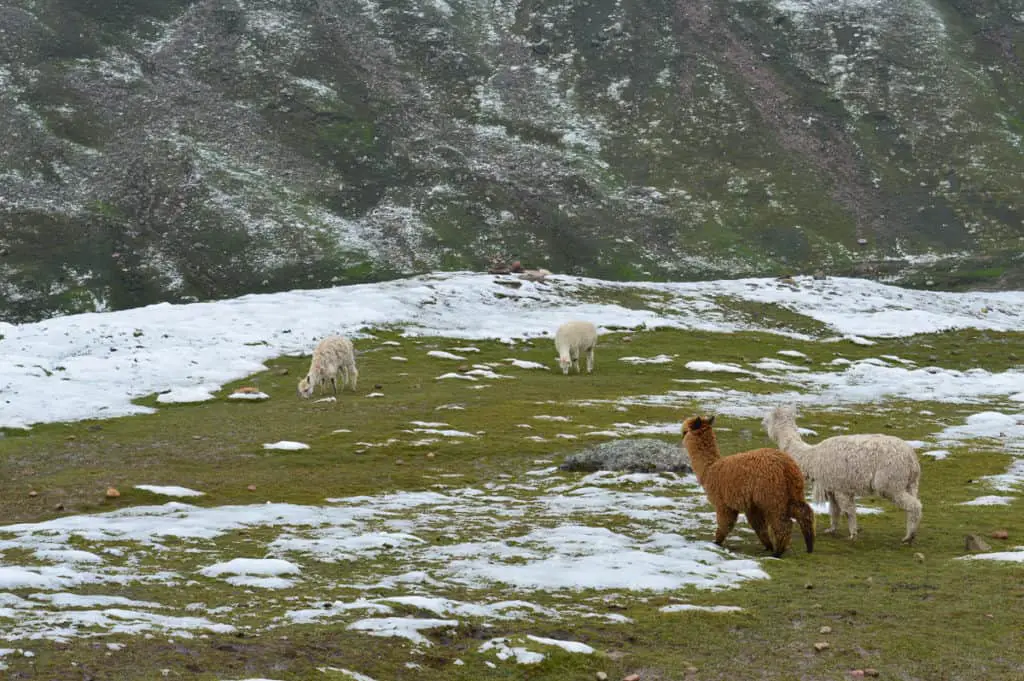
In comparison, sheep are known to leave the land that they graze on in a terribly bad condition (source: Treehugger). Their hooves break the plants underneath them and beat the foliage down in such a way that the soil becomes too damaged to have anything grow on it again.
Additionally, the waste of alpacas can be used as a fertilizer (according to CFDA) and they don’t drink as much water as other grazing animals.
I actually compared alpaca wool with 10 other fibers in terms of sustainability. Check the results here:
Alpaca Fiber Is Sustainable Because It Is Biodegradable
Garments made of (only) alpaca wool are 100% biodegradable as long as there is nothing added to the wool. This means that dyed pieces are probably not biodegradable, unless natural dye has been used.
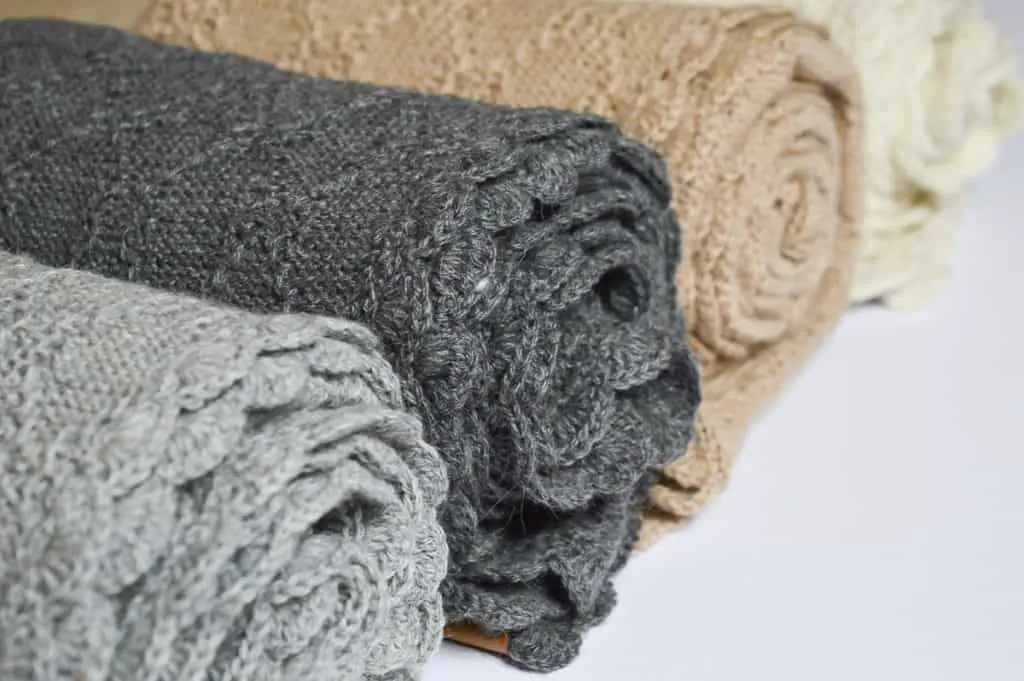
When an item is biodegradable, nature itself can decompose it. This is important to prevent the ever-growing amount of waste from growing even more. According to The World Counts, 99% of the things we buy is being thrown away within six months. Can you imagine how much of that is thanks to the ever-changing trends of the fashion industry?
With trends changing rapidly, clothes don’t need to be of high quality anymore. These days, it seems like people opt for quantity over quality. It feels like it is more important to wear something new than to wear something that resists the test of time.
Thanks to our latest fast fashion trends, and according to Upworthy, an item is only worn about 5 times before it is thrown away.
With clothes being out of fashion within two months, there is no need for high quality clothing anymore.
Nevertheless, those highly fashionable items are made of unnatural, plastic materials, which are not biodegradable. Even worse, as they start decomposing left in landfills, they release toxis gases (read more on Upworthy).
Investing in high-quality clothes, made of biodegradable material will not only help you to keep your wardrobe filled with items that last, but will also reduce the amount of garbage that is being dumped in landfills.
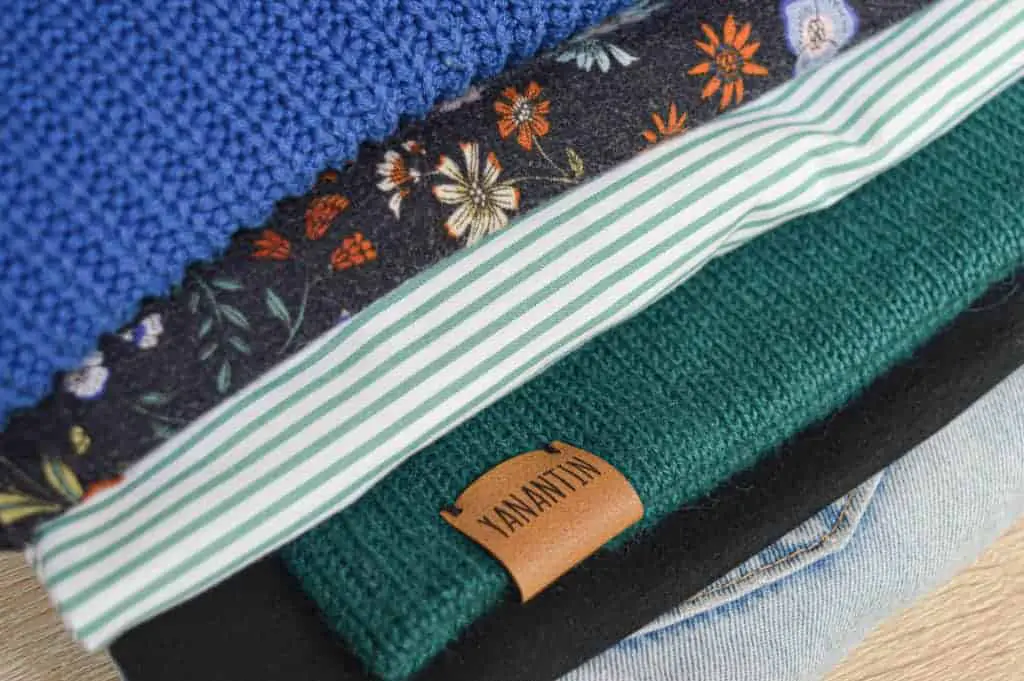
I wrote an article about the characteristics of sustainable fabrics, read it by clicking the link:
12 Characteristics of Sustainable Fabrics (with Examples)
Alpaca Fiber is Sustainable Because it Does Not Need to Be Treated Chemically Before it Can Be Used
Alpacas carry very limited amounts of lanolin on their fleece.
Lanolin is a natural grease or oil that can be found on most natural fibers. The greasy texture of lanolin causes dust and micro-allergens to get stuck on the fiber. Some people can get an allergic reaction when wearing wool or other lanolin-containing garments.
Producers will try to prevent people from getting an allergic reaction by treating it to remove this oil, often using chemicals. However, such chemicals can damage the environment as they contain toxic elements.
Given that alpaca wool contains very limited amounts of lanolin, no chemical treatment is needed. In fact, the wool is only washed once during the production process (unless it is dyed) to remove impurities that the fleece may have carried.
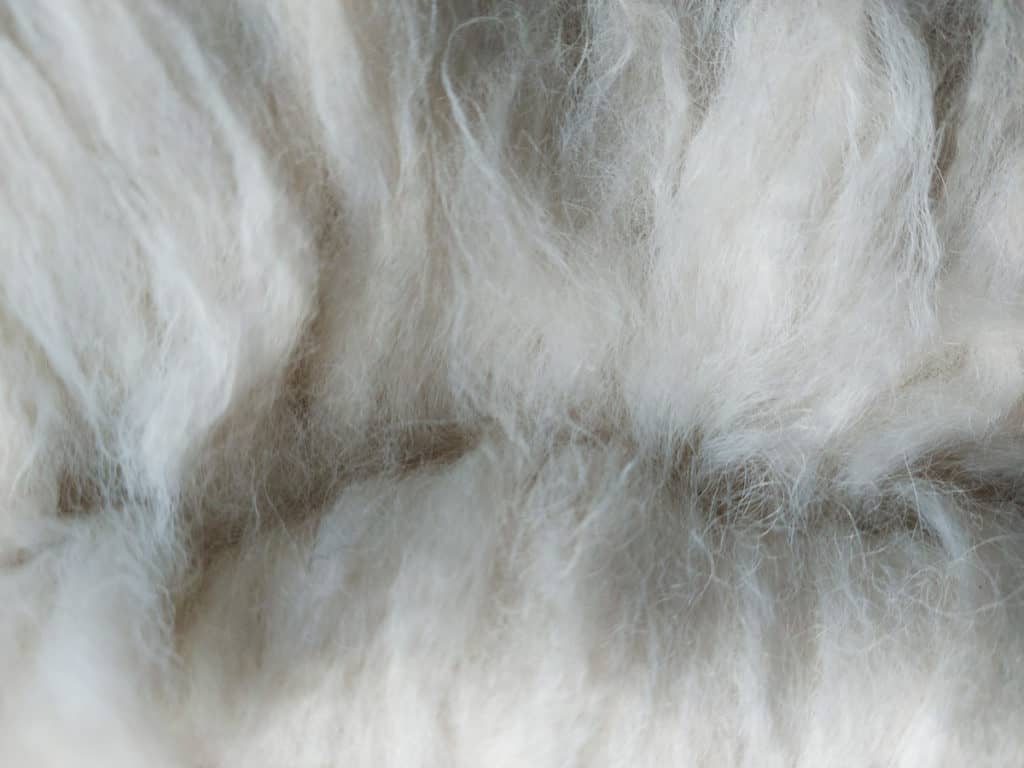
Even during the washing process, only mild or natural detergents are used. The alpaca fiber can be damaged when a harsh detergent is used for washing. Therefore, only mild treatment is required during the production process. Of course, milder detergents are better for the environment than harsh, chemical ones.
The alpaca fiber comes naturally in 22 colors (or 24 depending on who you ask). With such a broad variety of colors, you would expect the wool doesn’t need to be dyed to get more color variations than that.
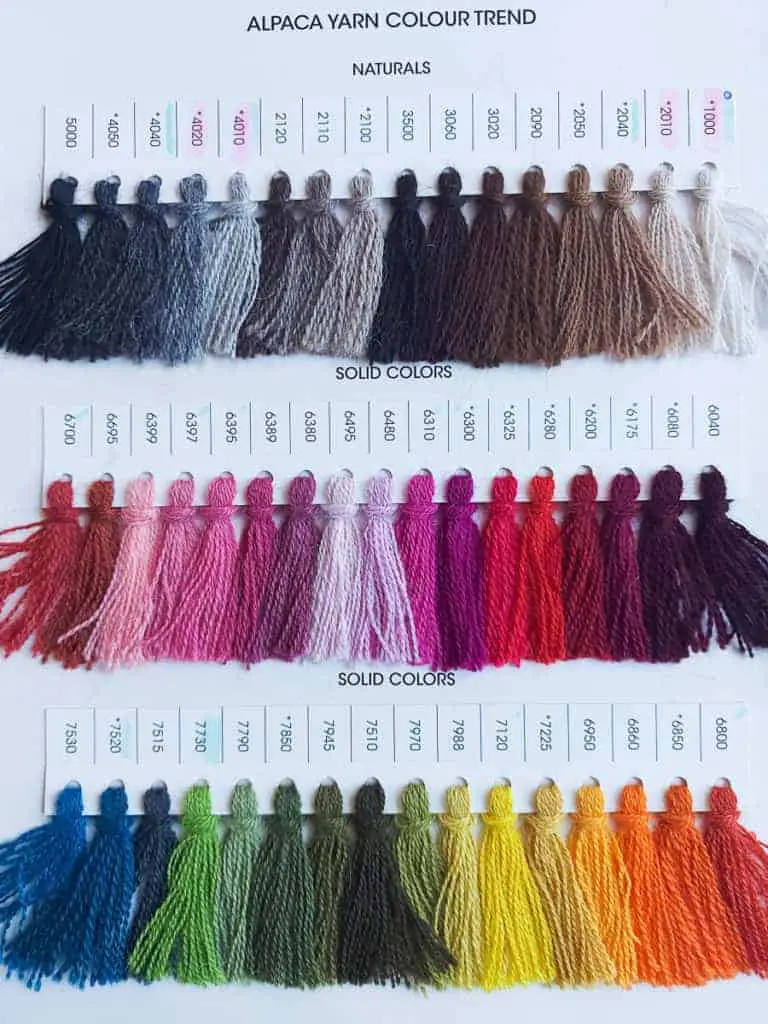
However, alpaca wool actually does respond very well to dyeing, because of it’s scale-like structure, and gives dyed wool a beautiful, glossy shine. This also results in less water needed for the dyeing process!
- Keep in mind that not all types of dye are naturally made and producers might use industrial dye to add color to its yarn. There is also extra water needed for the dyeing process, and another round of washing after dyeing to remove excess color.
Products Made of Alpaca Wool Are Sustainable Because They Are Durable
Did you know that the alpaca fiber is one of the strongest mammal fibers in the world? Imagine how long a sweater will last before it starts to look old.
Actually, you might not even live to see an alpaca woolen product go old, as they will last for generations. The alpaca fiber is made of scales which give the wool its fancy, shiny gloss. When treating alpaca wool carefully, it will not lose its shine.
An alpaca woolen item is also hard to break or tear a hole in, as its fiber is so strong that it is likely to survive most rough treatment. Within reason, of course, as it is not unbreakable either.
- Check out this article in which I explain in much more depth how to protect your alpaca woolen garment: 10 DANGERS for Alpaca Woolen Garments (That Can RUIN Them COMPLETELY!)
The scale-like texture of the wool also helps it to maintain its shape. Alpaca wool is unlikely to pill (you know, those little balls that form on woolen items?). While any other knitted sweater will especially start to pill on areas vulnerable to friction (like those close to the armpits or the end of the sleeves), alpaca woolen sweaters will not suffer this.
Products Made of Alpaca Wool Are Sustainable Because They Don’t Need to Be Washed Much
The strong, silky fiber has another benefit: it doesn’t absorb any stains or smells. Because of the hollow texture of the wool, heat gets trapped inside little airbags, but water and smells are wicked away before they can be absorbed. This means that an alpaca woolen item is very unlikely to get any stains or obtain nasty smells.
And you know what that means… YES!
You will barely need to wash alpaca woolen items, which means that there won’t be any micro pieces from your washing machine flowing to the seas, no toxic detergent mixing in with the water and no precious energy wasted on laundry. Triple win.
In fact, I even went running with my alpaca woolen hat and it still didn’t smell bad!
Plus: your precious time can be spent doing other cool things (like snuggling with your alpaca scarf 😉 )
Curious which other fabric require less washing? I made a list of all of them that you can find in another one of my articles:
8 Fabrics That Require Less Washing! (Make Washing Your Clothes SUSTAINABLE!)
What Things Can Damage Alpaca Wool?
Strong doesn’t mean invincible. There are, of course, some threats that can shorten the life of your favorite alpaca woolen garment:
- Inappropriate washing
- Inappropriate drying
- Not timely removing stains
- Damage through friction
- Moths
Moths LOVE alpaca wool; alpaca wool doesn’t really like moths. One chunky bite to satisfy a moths hunger and your alpaca woolen coat or scarf may have an unfixable hole in it.
- You can actually prevent moths from attacking your clothes by hanging some cedar wood in your wardrobe. It is also important to store your pieces carefully and in a closed off bag during summer.
Alpaca wool is sustainable because of many different reasons. With the appropriate care, you can make alpaca woolen items last lifetimes. An alpaca wool item might seem expensive, but if you consider its lifespan and it’s limited impact on the world, it will surely be worth every penny invested.
In fact, I love alpaca wool so much that I started my own brand of sustainable alpaca woolen products. Check out my shop below!
Are There Any Aspects of Alpaca Wool that Are NOT Sustainable?
Alpaca wool is one of my personal favorites when it comes to sustainable, affordable, durable materials. But, of course, alpaca wool has its downsides, too and it is not necessarily the most sustainable option available to you.
In fact, there are some things about alpaca wool that negatively impact the environment:
- International shipping (90% of the world’s alpaca wool comes from Peru)
- Fair wages and wages aren’t always guaranteed in South America
- Animal cruelty may occur at (South American) farms
- Industrial dyes make alpaca wool no longer biodegradable
- Alpaca wool is not vegan
- While generally strong, alpaca wool is sensitive to moths which means garments are prone to getting holes
I wrote a full article about the downsides of alpaca wool (I want to be transparent with you!). Click the link if you’re curious to read more so that you can form your own opinion about it! 🙂
